Two clinical diagnosticians presented their pearls of wisdom for clinical rheumatologists to take forward when managing patients from the clinics to the hospital wards.


Mithu Maheswaranathan, MD |
Two clinical diagnosticians presented their pearls of wisdom for clinical rheumatologists to take forward when managing patients from the clinics to the hospital wards.
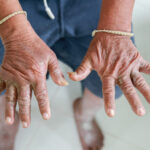
Pulmonary hypertension and Raynaud’s phenomenon are just some of the symptoms patients with systemic sclerosis (SSc) may experience. Here are insights into the diagnosis and management of SSc.

PHILADELPHIA—At ACR Convergence 2022, the much-anticipated ACR Review Course featured talks from eight experts. Topics reflected the heterogeneity of our field and included Sjögren’s disease, spondyloarthritis (SpA), osteoarthritis (OA), paraneoplastic rheumatic syndromes, metabolic bone disease, statin myopathy, Raynaud’s phenomenon and autoinflammatory syndrome. Here, I share highlights from this comprehensive, six-hour session. Sjögren’s Disease Sara S….
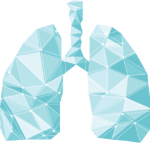
Andrea Ramirez-Gomez, MD, & Katherine Kougias Temprano, MD |
A 67–year-old white woman with primary Raynaud’s phenomenon presented following a week of progressively worsening shortness of breath, dry cough and generalized malaise. An avid tennis player, she first noticed dyspnea while playing, but a few days later grew short of breath even at rest. She went to an urgent care center, where a computed…
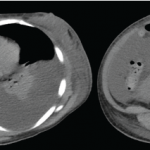
Nobuya Abe, MD, Yuichiro Fujieda, MD, PhD, & Tatsuya Atsumi, MD, PhD |
The diagnosis of rheumatic diseases requires the exclusion of other systemic disorders. Infection, hematologic conditions, malignancies and some drugs may all lead to syndromes that closely mimic rheumatic diseases, which may lead to diagnostic delays. Idiopathic multicentric Castleman disease (iMCD) is a heterogeneous group of lymphoproliferative diseases (LPDs) characterized by systemic inflammatory manifestations.1,2 As with…
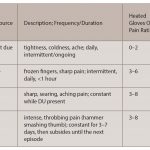
Rosemarie A. Curley, MPT, DPT |
Raynaud’s phenomenon in scleroderma or systemic sclerosis (SSc) is associated with significant discomfort and functional disability, especially in the presence of digital ulcers.1 Having lived with diffuse systemic sclerosis (dSSc) for nearly a decade, I can attest to this. It has been my experience that the hand pain and dysfunction in dSSc stems from Raynaud’s…
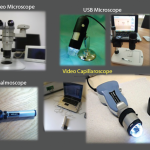
Interest in viewing the nail capillaries dates to the late 17th century. Later research by Maurice Raynaud and others in the late 19th and early 20th century first established a direct link between the nailfold capillaries and certain medical conditions. Although underutilized in the past, with the advent of modern digital equipment and the validation…

Rosemarie Curley, MPT, DPT, & Jeananne Elkins, PT, PhD, DPT, MPH |
Systemic sclerosis (SSc), a subtype of scleroderma, is a rare, complex autoimmune disease characterized by widespread vasculopathy of the small arteries and fibroblast dysfunction.1,2 It has been described as a fibrosing microvascular disease, because vascular injury precedes and leads to tissue fibrosis.3 The resulting Raynaud’s phenomenon, pain, skin thickening and tightening, and multi-organ involvement have…
Research into scleroderma, fibrosis, and Raynaud’s phenomenon may provide clues into the pathogenesis of systemic sclerosis
Maurizio Cutolo, MD |
Seeing vessels clearly can help with discovery and timely treatment